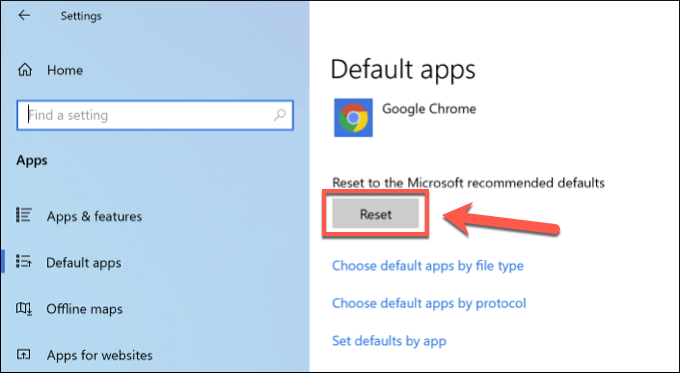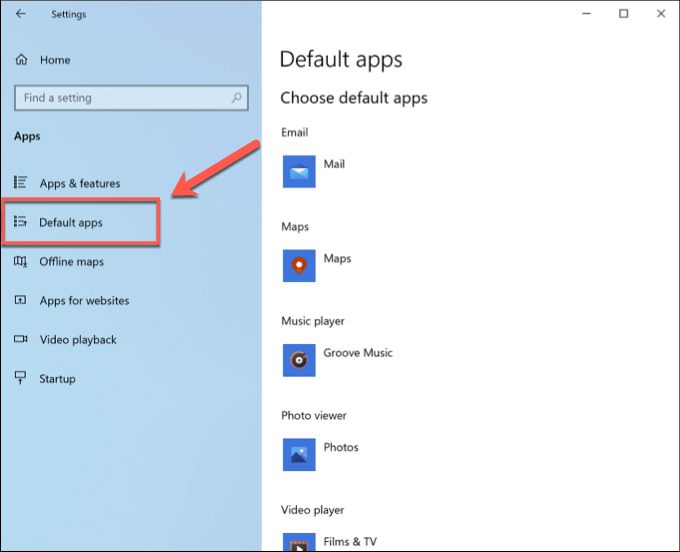

- #HOW TO CHANGE DEFAULT PROGRAM FILES DIRECTORY WINDOWS 10 HOW TO#
- #HOW TO CHANGE DEFAULT PROGRAM FILES DIRECTORY WINDOWS 10 MANUAL#
- #HOW TO CHANGE DEFAULT PROGRAM FILES DIRECTORY WINDOWS 10 WINDOWS 10#
Click on Word 2016 and check on Always use this app to open.docx file, move over open with and select Choose another app. If Microsoft Word 2016 is not your default program for opening documents proceed as following: Note: Using a similar procedure, will allow you to make Excel the default program for csv, Google Sheets, Open Office. Click on Excel 2016 and check on Always use this app to open.xlsx file in your computer, then go ahead and select Open with and select Choose another app. Set your default programs/apps manually Setting Excel 2016 / 365 as default spreadsheet program:
#HOW TO CHANGE DEFAULT PROGRAM FILES DIRECTORY WINDOWS 10 MANUAL#
If all the above mentioned techniques didn’t help, you might need to try the manual method specified below. Then for each known/relevant file type, select the default opening app.In the search box, type ‘Default’ and select Choose a default app….Hit the Search Windows magnifying glass icon (located at the left hand side of your task bar).

#HOW TO CHANGE DEFAULT PROGRAM FILES DIRECTORY WINDOWS 10 WINDOWS 10#
Note: You can execute the steps above in Windows 10 using the Default apps screen.
#HOW TO CHANGE DEFAULT PROGRAM FILES DIRECTORY WINDOWS 10 HOW TO#
In this post we will learn how to set your new Office version (be it 2016, 365 or 2019) as default for the Microsoft Office files types you just mentioned above. Can you help me to define Office 365 as the default file opener for Word, Excel, PowerPoint and Visio files over older Office versions?” After the installation, all my documents, workbooks and presentations are showing up in the Windows File Explorer as unknown file types. “I’ve just installed a new version of Office 365 in my system but it’s clearly not defined as the default program for viewing and editing of Microsoft Office files. Here’s a question we received from one of our readers: Applicable to the following Office versions: 2019, 2016, 2013, 365 on Windows 7, 8 and Windows 10.


 0 kommentar(er)
0 kommentar(er)
